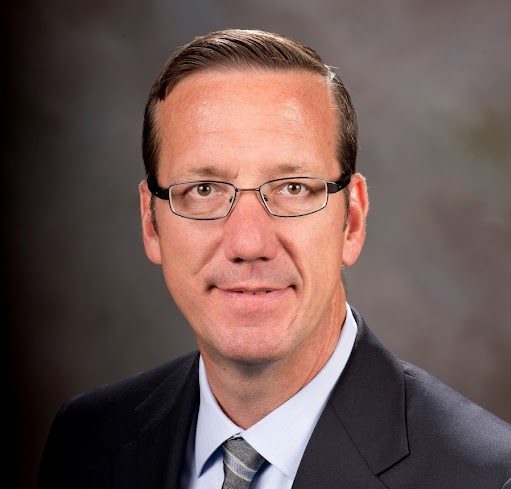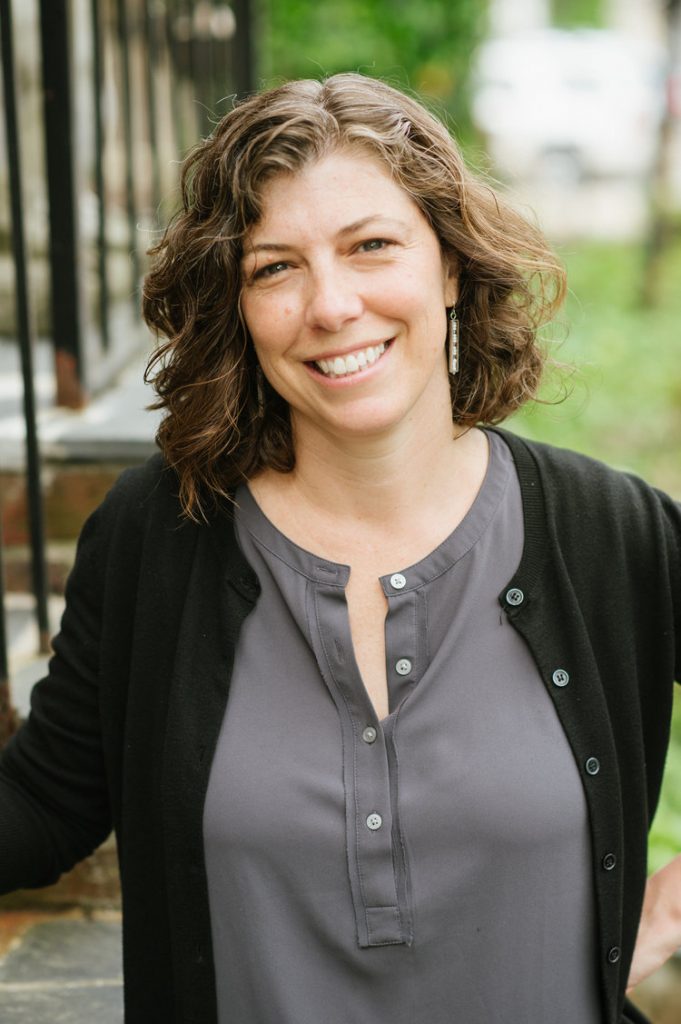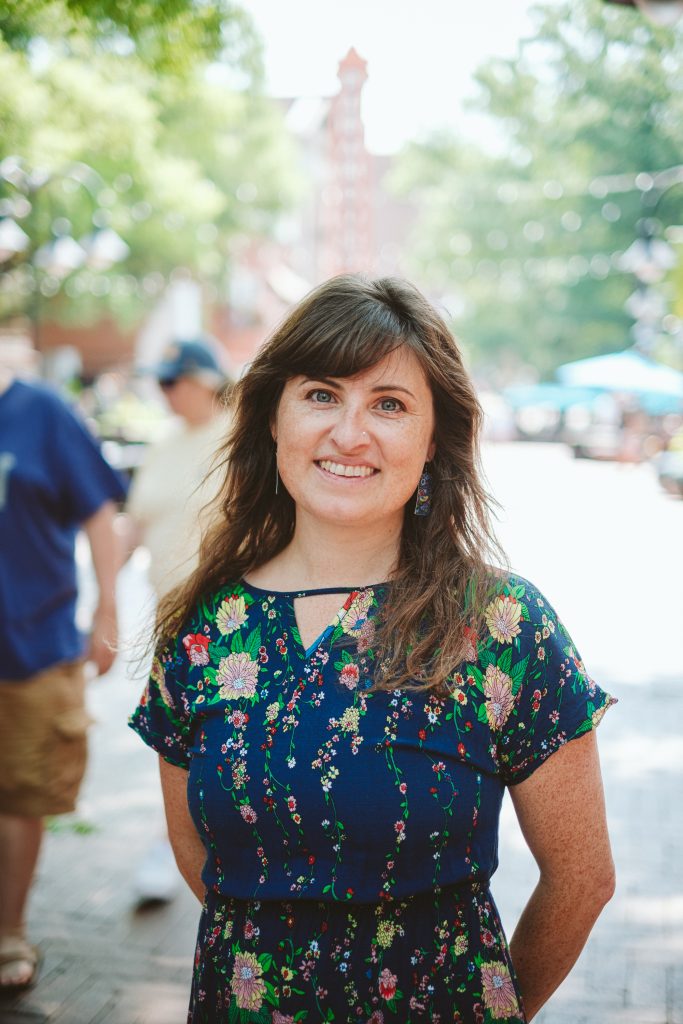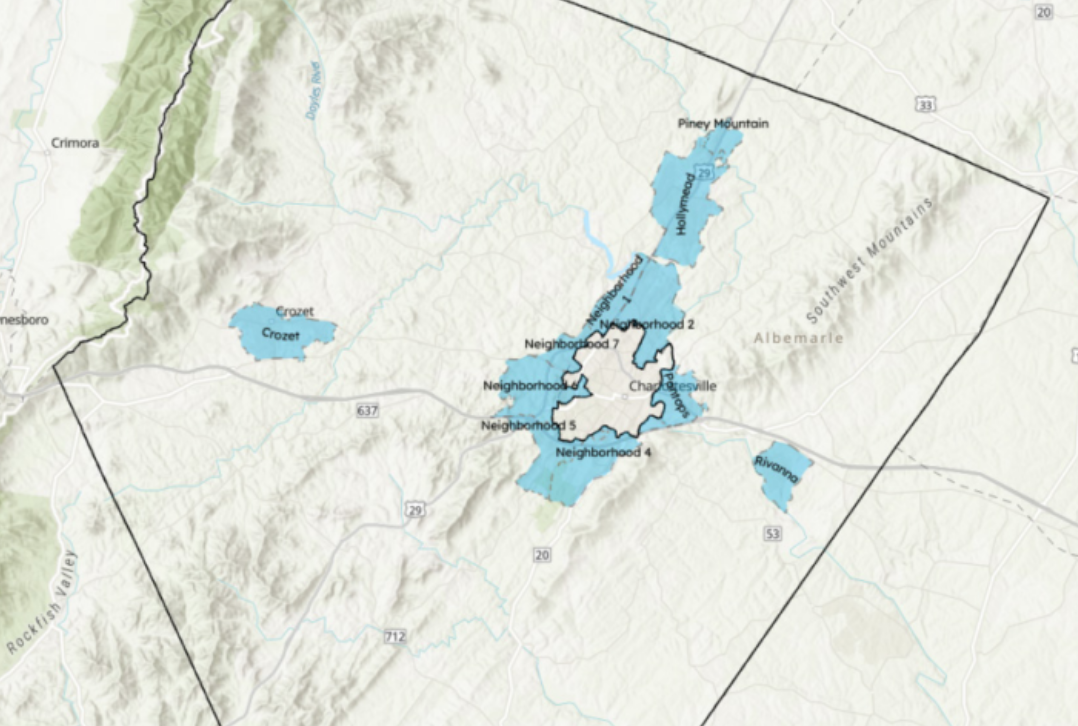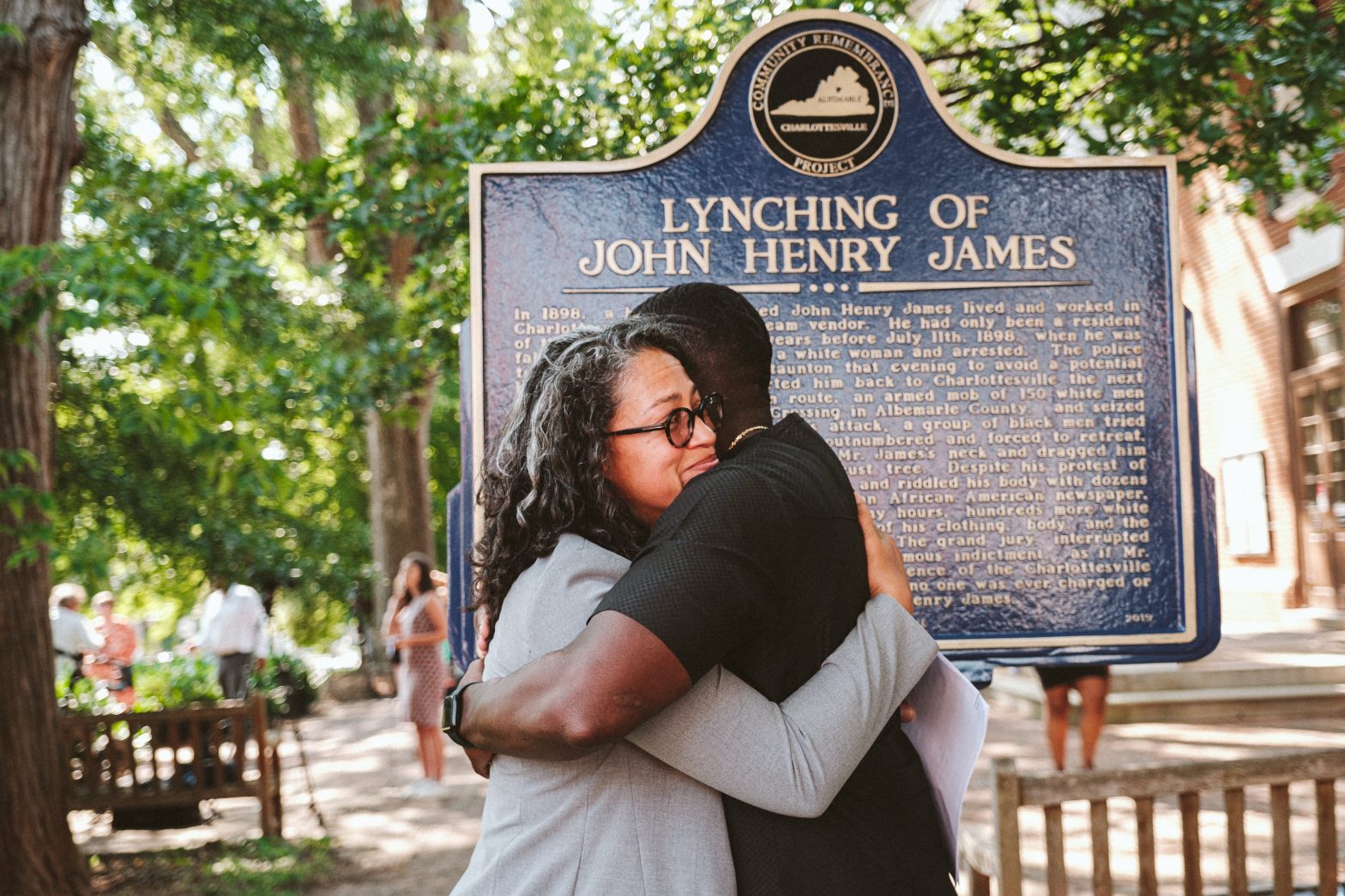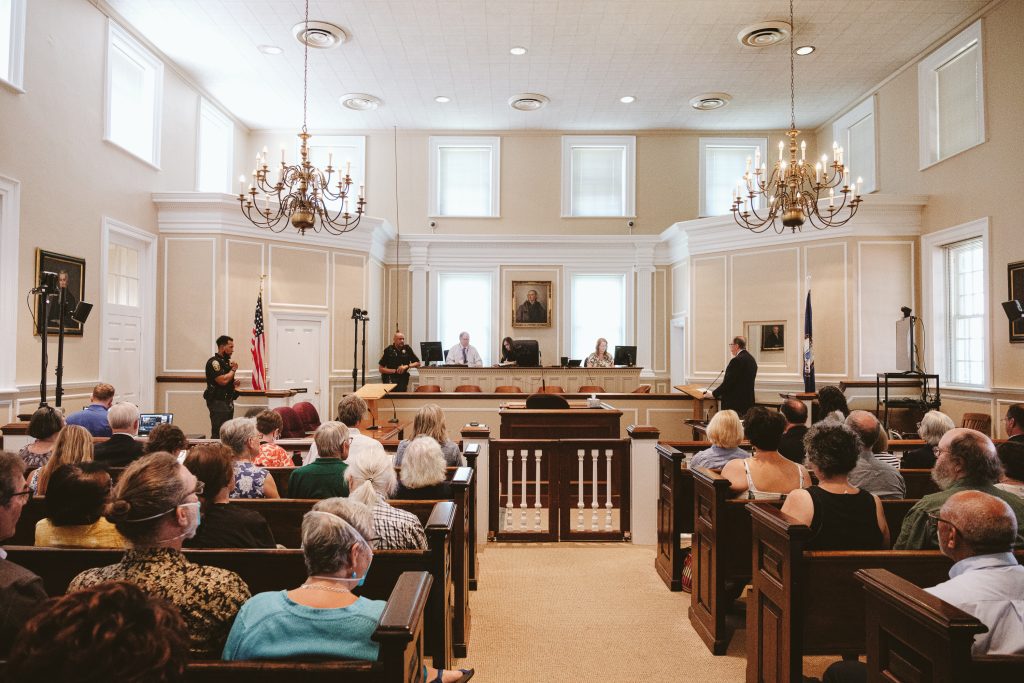After months of financial turmoil, Siren restaurant has closed its doors.
Since taking sole ownership of the business in December of 2022, restaurateur Laura Fonner has been fighting to keep Siren solvent.
“I had a big investor meeting with new people [recently], and there was potential to get money to save us,” says Fonner. “But at the same time, I was completely transparent and honest, saying that I wasn’t sure if this was the end of what was coming, if there was going to be another financial, tax thing that would happen. And so I left the meeting with the plan of closing for a week-long summer break. … But I talked with my GM, and we made a deal that if anything else happened, then we would have to make a decision.”
“I opened the mail that came that day, and it was like $9,000 unpaid unemployment taxes from 2021 and 2022—since we opened—and so it was like the final nail in the coffin,” says Fonner. “That upped the amount of money that I would need from an investor with no guarantee or promise of it ending.”
While Fonner has been involved in the restaurant since its conception, Champion Hospitality Group was previously responsible for Siren’s accounting and bookkeeping. Although she has had access to Siren’s financial information since December, Fonner claims that CHG didn’t provide full disclosure of the restaurant’s financial situation, including unpaid taxes and outstanding balances with vendors.
When she announced the restaurant’s closing on Instagram, Fonner shared an image of herself flipping off the camera with a sign reading “DUE TO UNFORESEEN CIRCUMSTANCES, (HUNTER SMITH) SIREN RESTAURANT IS CLOSED PERMANENTLY.”
As the owner of CHG, Smith has come under heavy scrutiny after the closure of several CHG-connected local restaurants and breweries, including: Champion Brewing Company, Brasserie Saison, Passiflora, Champion Grill, Champion Outpost, and Reason Beer. While she had not previously named Smith directly, Fonner made a scathing March Facebook post directed at the businessman, addressing him as “you, sir.”

“I am stuck now, more than likely filing for bankruptcy, Business Bankruptcy. I don’t even know about personal yet, I have meetings with my lawyer today to discuss all that,” says Fonner. “I’m not sorry about my sign. … I don’t necessarily expect everyone to understand or agree with my choices, but it’s not their choices, they’re not the ones cleaning this mess.”
As Fonner continues to attribute Siren’s closure to Smith, the businessman argues that CHG supported the restaurant during their partnership, but there were significant accounting issues. “I will say that it wouldn’t have been long into Siren’s existence that we had major accounting changes at Champion. But I absolutely refute there is an unwillingness to share anything,” says Smith. “There were plenty of unclear, and, I would say, inadequately run and prepared financials—so much so that it was hard for anyone, myself included, to have any faith in them. And that was the result of poor work and poor supervision on my part. But the conflation of poor management and poor accounting work with anything nefarious or any sort of wrongdoing is total hogwash. That doesn’t do anything to take away from the fact that I feel personally like we let Laura and Siren down.”
While Fonner says Smith has not reached out to her following the restaurant’s closure, Smith says he regrets the dissolution of their relationship. “I don’t know why it has become such a personal issue for Laura other than I know … owner/operators and chefs like Laura are extremely passionate,” says Smith. “If the business is looked at as a failure, it is taken personally. I understand she thinks it was not a fair shake on her part because Champion was running the business side of things, but if there were delusions that it was a very successful restaurant, that’s just not true.”
“I am not naming names, but we have always had folks in charge of the hospitality division of the business, and there was no shortage of pushback from Siren when it came to wanting to be managed,” says Smith. “When I hear that in hindsight that we weren’t very helpful, well help wasn’t wanted. This was Laura’s restaurant and her baby, and Hunter or anyone else wasn’t getting in the way. To me, it was clear that my role was just the guy running the company.”
As she works through the logistics of closing Siren and filing for bankruptcy, Fonner is trying to figure out what’s next for her and the restaurant. “I never imagined when we opened that this would be where it was in two years. I don’t know if this place can be saved, I’m not sure,” she says. “Even if it is, obviously it’ll be Sirens or something else, a whole brand new version of it. I don’t have another plan. I planned on this.”
“There’s different versions of bankruptcy, there’s restructuring, there’s complete bankruptcy where the business just shuts down fully,” Fonner continues. “I’m going to have to figure out whether it’s worth restructuring. Unfortunately, there’s a bad taste in my mouth right now with this place, and it has nothing to do with the community or with my staff, or what we were providing here.”
“I know that I will be given an opportunity somehow or another, but I’ve got pretty bad trust issues,” says Fonner. “I don’t know what the next step will be, but this is definitely not the end. This doesn’t put a bad enough taste in my mouth for me to ever stop what I do.”—with additional reporting by Shea Gibbs
In brief
More mental health services
On July 24, The Women’s Initiative announced that it had received $50,000 from Sentara Health “to assist with providing culturally responsive mental health counseling and treatment.” In a press release, the WI said the funds will be used for its Bienestar, Sister Circle, and LGBTQ+ programs. Speaking about the contribution, Executive Director Elizabeth Irvin said, “through our programs and their support, we are working to address health disparity, so that all members of our community have an opportunity to heal and thrive.”
UVA gets gold
In an outstanding week for the Cavaliers, University of Virginia athletes medaled at the World Aquatics Championships and the 2023 World Rowing Under-23 Championships. At the WAC in Fukuoka, Japan, UVA alum Kate Douglass took home gold in the women’s 200-meter IM, with fourth-year Alex Walsh close behind in second place. Swimmers Gretchen Walsh and Maxine Parker led Team USA to a silver medal in the 4×100-meter freestyle relay. In Europe, graduate student Eva Frohnhofer rowed her way to bronze as part of Team USA in Plovdiv, Bulgaria.

Death of a mogul
The memorial service for local business and property owner Phil Dulaney was held on July 23 at the Coffman Funeral Home Chapel in Staunton, Virginia. As the owner and president of Charlottesville Realty Corporation, Dulaney owned several properties, including a ramshackle hotel on Afton Mountain. Dulaney died on July 15 of complications from diabetes and heart disease.



